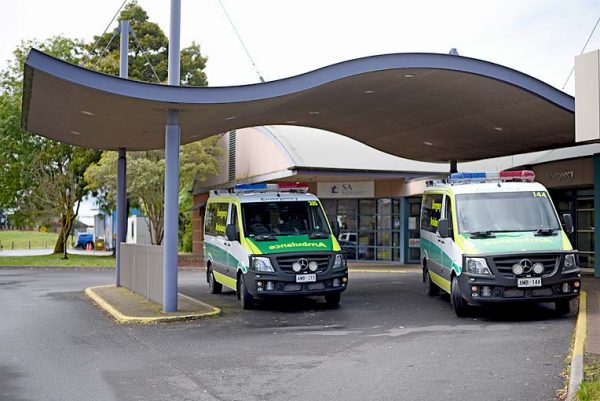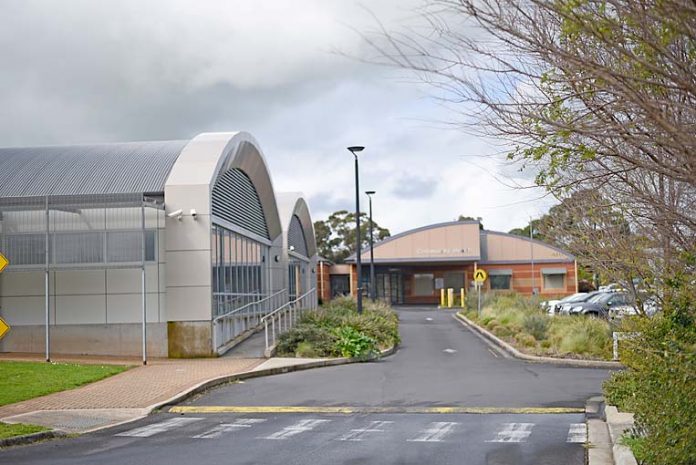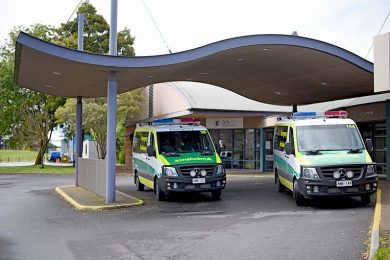
THE State Government has reassured the community over the safety of the Mount Gambier Hospital amid concerns its cladding could be potentially inflammable.
This follows the department of Planning, Infrastructure and Transport completing the investigation phase of the cladding audit of the public health facility.
According to the government, the hospital was not rated above “moderate risk” in terms of a fire event.
Member for Mount Gambier Troy Bell yesterday asked Infrastructure Minister Stephan Knoll in State Parliament whether he could “guarantee” the hospital was safe for patients and staff.
Mr Bell – who will seek access to the audit’s report – said he wanted to alleviate community concerns amid media reports.
“I wanted a guarantee it was safe and the minister gave that guarantee,” Mr Bell said.
Speaking in parliament, Mr Knoll said the hospital was “unequivocally safe to use.”
But he conceded the government was working through a “difficult issue” given the Grenfell tower fire in London and the Lacrosse blaze in Melbourne.
Mr Knoll said there had been some devastating circumstances around the use of aluminium composite panelling (ACP) or cladding as it is more commonly known.
“To make things quite plain, not all cladding is bad. In fact, all cladding that should be on the sides of buildings should all be good,” Mr Knoll said.
“There are existing provisions in place both through the building code and the planning act that make sure the products that are used on buildings are safe.”
He said the difficulty was “some cladding” had been imported did not “meet the Australian standards.”
“Essentially, it’s to do with the filling that goes in between the two aluminium panels and the level of flammability of that material.”
He said the government had gone through a process to identify buildings that had cladding.
“We then narrow the scope of that to look at which buildings have a heightened level of risk, or could have a heightened level of risk, depending on their size, their structure, their height, a whole series of factors,” the minister said.
Regarding the Mount Gambier Hospital, Mr Knoll said the building was safe and there was no increased risk to life safety as a result of any material that may be on that building.
“We are going through that process in relation to a whole series of public buildings,” he said.
“Councils, in conjunction with their building fire safety committees, are going through this process for private buildings also.
“Essentially, we are working through building by building to make sure that we are fully apprised of the level of safety in these buildings.”
He said this issue was being characterised in some circles as “all cladding is bad’ and that was not true.
“In fact, it is nowhere near true. The real difficulty is the good cladding kind of looks exactly the same as the bad cladding, so there are a number of things that we do around assessing these buildings to help us to identify or mitigate or understand that risk.”
“There are a number of responses that could be put in place around rectification of building, increased response by fire services and other safety measures that could be in place that could reduce risk further, but I can assure the member and the people of Mount Gambier their hospital is safe to use.”










